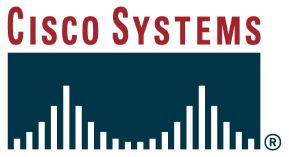Catalog Description
Architecture, structure, functions, components, and models of the Internet and
other computer networks. Use of the OSI and TCP layered models to examine
protocols and services. IP addressing and subnetting. Fundamentals of Ethernet
concepts, media, and operations. First course of the Cisco Networking Academy
Exploration series preparing for the CCNA Certification.
Upon successful completion of this course, the student will be
able to:
- Examine the importance of data networks and the Internet in supporting business communications and everyday activities
- Summarize how communication is accomplished in data networks and across the Internet
- Deduce the layers of communications in data networks through analysis of network protocol models
- Examine the role of protocols in data networks
- Evaluate the importance of addressing and naming schemes at various layers of data networks
- Differentiate the devices and services that are used to support communications across an Internetwork
- Compare and contrqast the protocols and services operating at the application layer in the Open Systems Interconnection (OSI) model and examine how this layer operates in sample networks
- Analyze the operations and features of the transport layer protocols and services
- Analyze the operations and features of the network layer protocols and services and explain the fundamental concepts of routing
- Design, calculate, and apply subnet masks and addresses to fulfill given requirements
- Interpret the operation of protocols at the OSI data link layer and examine how they support communications
- Inspect the physical layer protocols and services supporting communications across data networks
- Distinguish fundamental Ethernet concepts such as media, services, and operation
- Choose basic cabling and network designs to connect devices in accordance with stated objectives
- Experiment with Cisco Command Line Interface (CLI) to perform basic router and switch configuration
|

